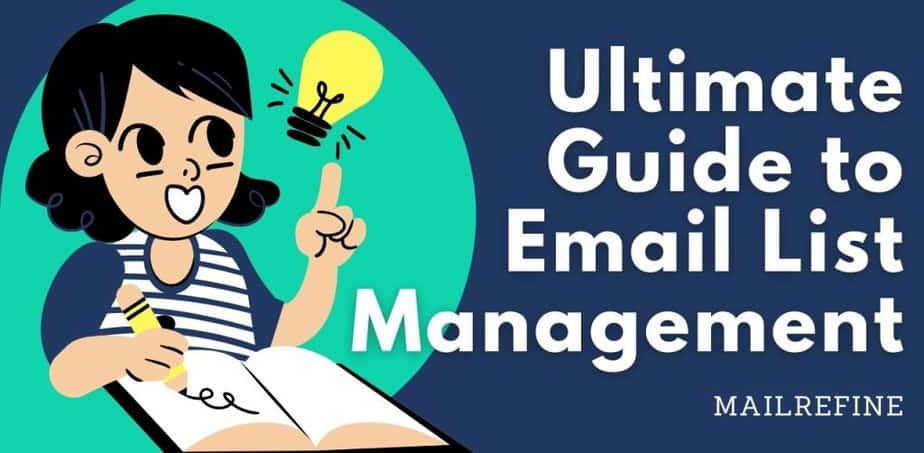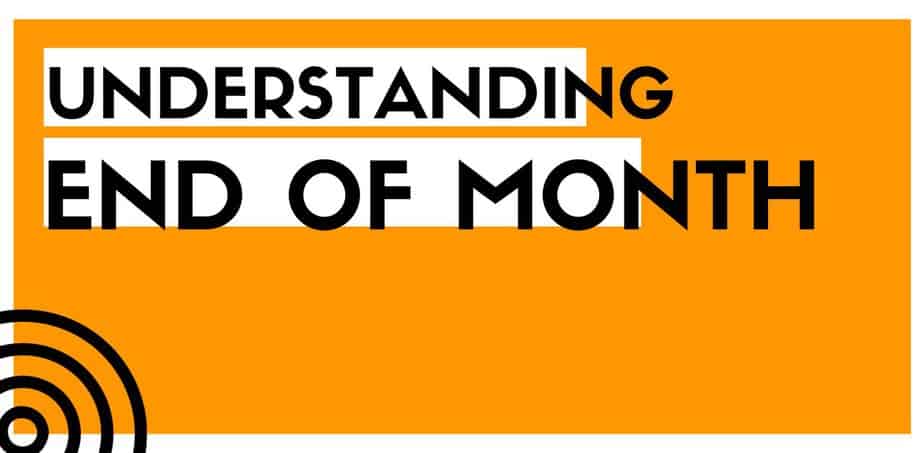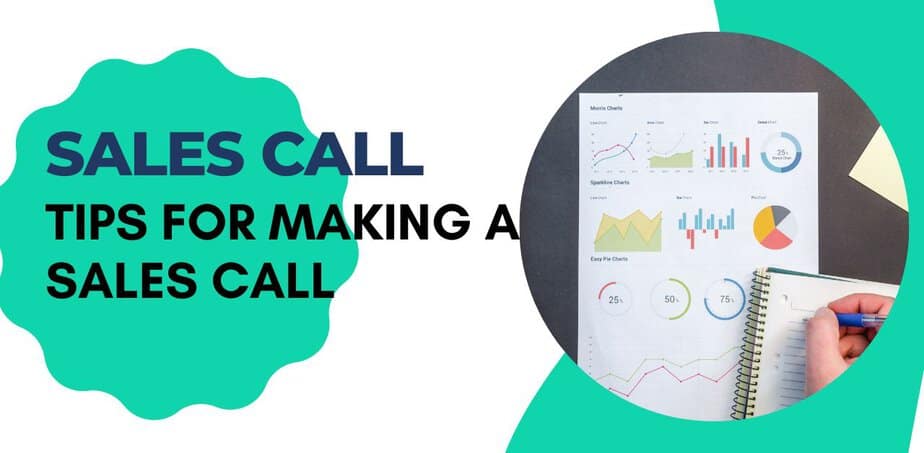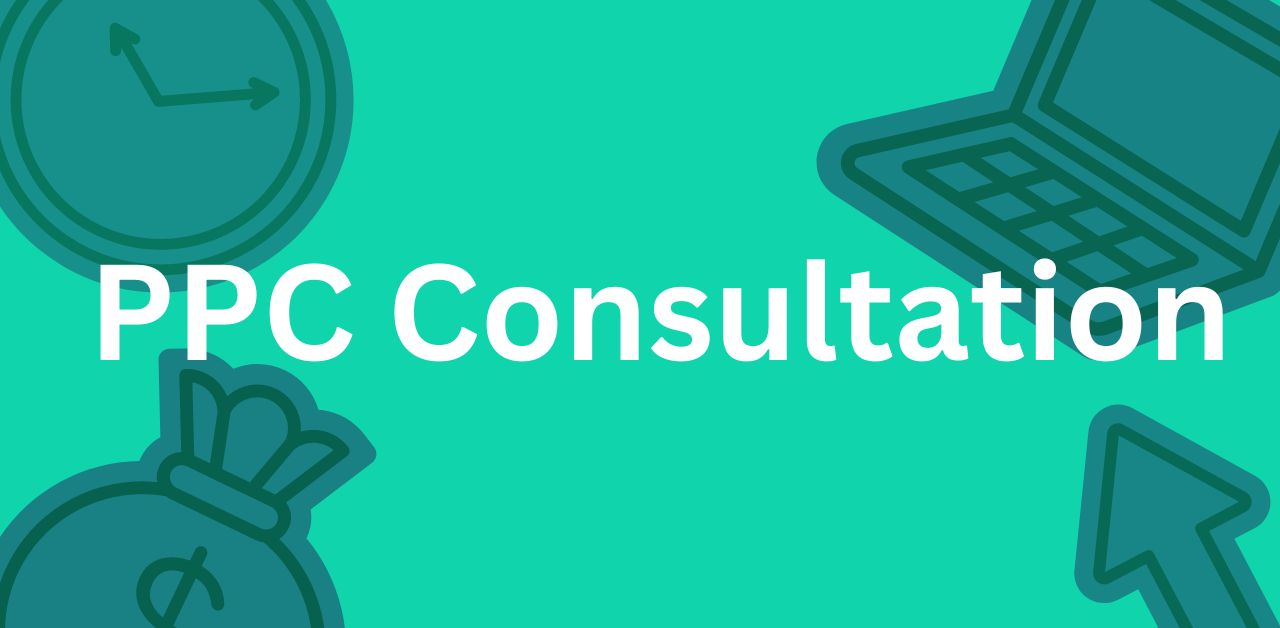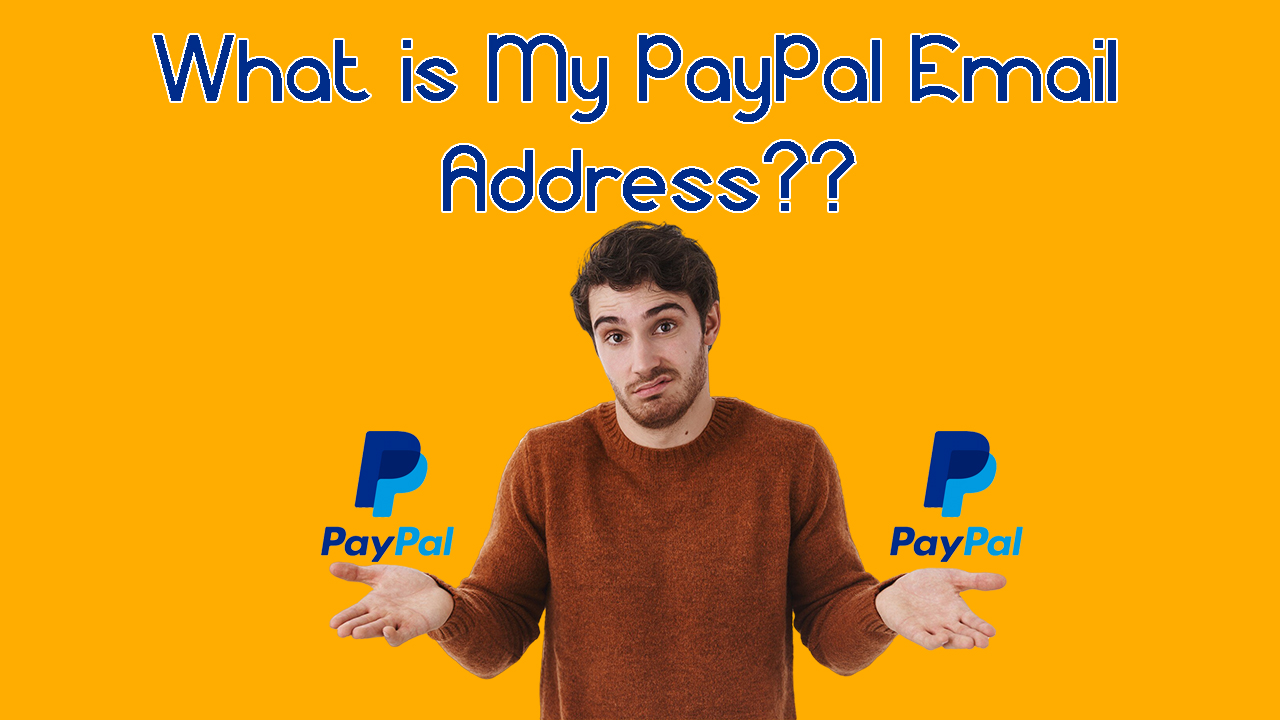Email marketing is proven to be the most beneficial promotional method. Considering the investment, email marketing can return the favor on a quite high margin. That’s why companies are focusing more on email marketing these days. Email marketing sounds fascinating but can easily go wrong if proper steps are not taken. Email list management is the most important essence of it.
In this article, we’ll walk you through the ultimate guide to email list management. We’ll learn about email list management’s importance and the right way for it to be done. Let’s get into it.
What is email list management?
Email list management is a group of actions that happens around email marketing. Anything from catching new subscribers to keeping the list healthy is considered to be a part of email list management.
To put it simply, email list management is basically how an email list should be managed and organized the right way. Pulling out inactive subscribers, segmenting the list, implementing double opt-in, etc are all part of it.
So email list management plays the ultimate role in the success of email marketing.
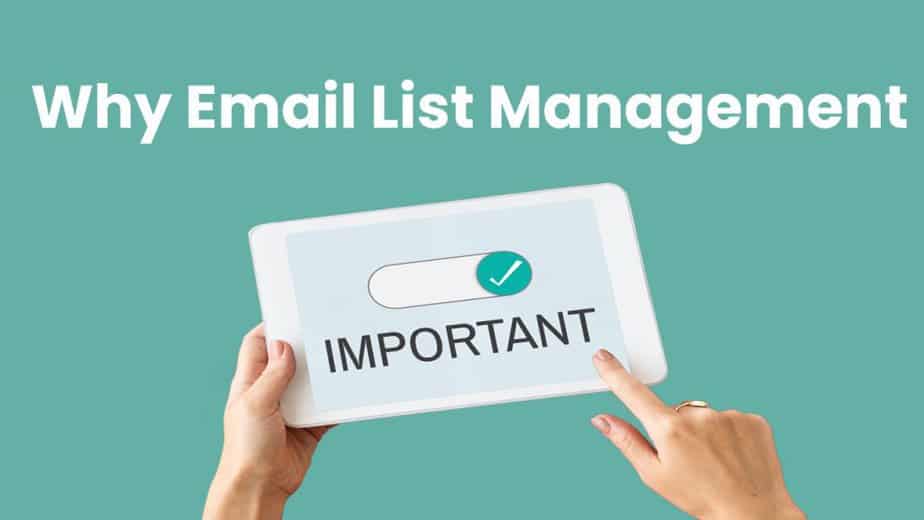
Why Email List Management Is Important
Now you get to know about the basic idea of email list management, You may ask what’s the importance of email list management anyway. Can’t we just keep sending emails as we used to do?
Well, think of it this way. You send out thousands of emails, but most of the recipients don’t even bother to open your email. Get the idea? You’re basically riding a dead horse this way.
No matter how huge your email list is, it will come down to the fact of how effective it actually is. What’s the point of sending countless emails if that doesn’t even serve your purpose, right?
That’s where email list management comes into play. It ensures the engagement you’re expecting from your email marketing campaign. Providing a small amount of time on email list management can reward you with a better success rate.
Email list management can benefit you in many unimaginable ways if you can get creative with it. For example, you can segment your audience and target them with their desired content. This way, both your subscribers and you remain in a healthy relationship.
Cutting down your email list with potential emails only, you’re basically using fewer resources on campaign costs. That means you get more by spending less of your resources.
Email list management helps to get more accurate in connecting with the right audience. More click-through rate comes as you’re making sure to send emails to the interested subscribers only.
As your subscribers seem to be engaged with your emails, you’re more likely to get less bounce rate and a high engagement rate. Also, your sender’s reputation is not affected by this.
What to Consider
To measure the result of your email campaign and plan accordingly, you have to understand some key performance indicators (KPI) and benchmarks first. These will help you understand this complex game better.
Open Rate
The open rate is basically the percentage of total opened emails Average email open rate in 2021 was 21.5% across industries. So open rate similar to or more than 21.5% can be counted as a decent open rate.
Click-through Rate
CTR or click-through rate is the percentage number of receivers who interacted with a link contained in the email. Last year, the average CTR was 2.3%, which declined 0.3% from the previous year.
Bounce Rate
Bounce rate is a self-explanatory term. It basically means the percentage of the number of emails that never reached the inbox. It can happen because of various issues. Basically failing email delivery leads to cause more bounce rate. As of February 2022, the average bounce rate was 9.95% across all industries.
Unsubscribe Rate
Unsubscribing from an email newsletter is a thing as well, which we calculate using the Unsubscribe rate. According to 2021, 0.26% was the average bounce rate across all industries.
Now we understand all these basic terms, it’s time to get into email list management.

Email list Management Best Practices
Email list management is a crucial part of email marketing. Let’s get to know about the best practices when it comes to email list management.
Validate your email list
Want to keep your email list clean and reachable? Start with validating your email. Email validation makes sure that the email address you’re sending the email to is actually reachable.
It’s natural to end up with an email list where there are a lot of emails that are invalid. Keeping unreachable and invalid emails in the list does nothing but result in a high bounce rate. It can hamper the sender’s reputation as well.
So first you get to know how to check if an email address is valid.
When managing a huge email list, it’s wise to use an email validation tool. Email verification tool offers bulk email verification. You can verify a huge list of emails with ease.
Let them confirm it
It’s quite an argument whether you should include a confirmation email with an email subscription form. It makes the process a bit lengthy, but it pays well in the end.
People who are interested in your newsletter or services will end up eventually taking that extra step to get that thing done. So you’ll have an amazing list of email recipients who are eagerly waiting to hear from you.
Your email list may look smaller than expected, but your conversation rate is going to be quite surprising. There is another benefit to it. As people often mistype their email wrong, implementing a confirmation email can prevent that greatly.
Let the subscribers choose
Sending email with the same frequency to every recipient? Just STOP!
Provide your subscribers the option of how often they would like to receive an update from you. This way, your recipient won’t receive surprising emails from you, resulting in them checking whenever you’re sending one.
If you’re providing them the option to choose their frequency of liking, they’re more likely to click on the email as they’re expecting it from you. Sending random emails to everyone sounds just awkward.
So yeah, implementing a frequency option in an email newsletter is obviously a good idea.
Personalized welcome emails
Everyone loves to be welcomed in a special way. So don’t just send the same welcome email to everyone. Set a few templates for welcome emails and send randomly personalized welcome emails to your new subscribers.
Try to reach them at a personal level. It feels nice whenever someone greets us with a warm welcome. The same goes for the first email to subscribers. Make the first impression good, nice, and clean.
Segmenting your email list
Segmenting your email list is obviously a good idea. Customizing the email you send to your subscribers can be beneficial in the long run. This way, your subscribers get the content they want and you have the stats you wanted all along. Can’t be a better way, right?
Every newsletter has different topics to cover. Provide your subscribers the option to choose whether they want to get updates about all of it or just a certain part of it. As you maintain relevance for the recipients, your conversation rate can tremendously be amusing.
Unsubscribing is not bad
Some may think letting the subscribers unsubscribe is a bad idea, but it’s not. Your email list may get a little bit smaller, but it’s good to have subscribers who actually are interested in your updates.
The unsubscribe rate is not something you should be worried about. Providing subscribers the option to unsubscribe is beneficial for many reasons.
First of all, your subscribers have the option to opt-out if they don’t like to receive updates regularly. If you keep sending emails to uninterested subscribers, your recipient won’t likely open the emails and you will have a low conversion rate.
This can result in your emails being marked as spam. Your sender’s reputation will be ruined as expected. So it’s never too late to include the option to unsubscribe in your emails.
Alternative Contact Methods
Email is not the only way to stay connected with your customers. Yes, email list management we are talking about, but never forget to make use of your other contact methods such as social media, phone numbers, customer support, etc. Providing your subscribers with additional options to reach can help them reach those in need. This may not be a crucial step in email list management, but it’s a welcoming addition.
Clean your email lists
A cleaning email list is extremely important as this ensures whether your next campaign will be a success or disaster. Before sending out the next emails, make sure to have a look into the previous campaign and remove inactive subscribers.
It’s a good idea to remove those recipients from the list who seem to be not interested in receiving updates from you. But don’t just remove it if a recipient misses your email list. Gather the data of five to ten campaigns and clean the most inactive recipients from there.
So, email list clean is occasionally important for removing inactive subscribers.
Don’t buy email lists
You should never buy an email list no matter what the urgency is. Starting an email campaign? Take a little time and grow a small list maybe, that’s even better than having a huge contact list of people who don’t even know who you are.
Think of it this way. A random person on the street asks you to buy their product. Buying an email list and sending emails to them about your products and services is actually the same as above.
You may have a long list of emails by buying one instantly but think of the perspective of the recipients. They’re not expecting an email from you, they don’t even know who you are in the first place. So it’s a pretty bad idea to buy an email list and start from there.
You should rather start small and grow organically. People who are interested in you and your service are more likely to enjoy your updates. Find them and benefit them in the best way possible. This healthy relationship will benefit you and your brand in the long run.
Keep it relevant
Let’s be honest, Nobody likes ranting about how good someone’s product is and why you should buy them. As an email marketer, don’t just promote your product like a robot.
Be relevant and provide value to your subscribers. This way, your subscribers actually evaluate your emails. So when you’re actually promoting something, they’ll take it easy and sit on it to make a decision.
Don’t be a spammer who promotes like a heartless machine. You’re a human and you’re interacting with other humans. So make it count as one.
A/B test your campaigns
Facing an extremely low open rate or conversation rate? Maybe you should A/B test your campaigns. In this method, you send out the same content through different forms of email by separating your subscriber groups into two.
Send out different emails to different groups of subscribers. When the results are in, check out which one did better and simply follow along. You can do this all the time or sometimes when you’re not meeting the expectations. It’s believed to be good practice across industries.
Conclusion
We learned a lot about email list management in this journey. The key takeaway is to follow the best email list management practices and keep progressing gradually. Provide value to your email subscribers, so they’ll give it back to you. Make your next email campaign count.

